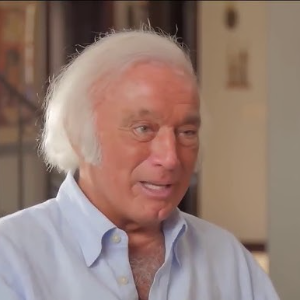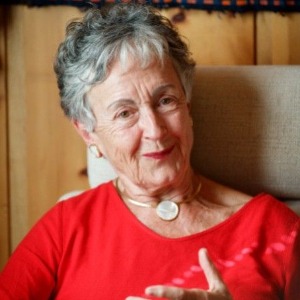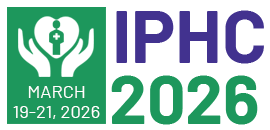Phylodynamics
Phylodynamics is a multidisciplinary field that merges principles from evolutionary biology, epidemiology, and molecular genetics to study the dynamics of infectious diseases. It focuses on the evolutionary and population dynamics of pathogens, such as viruses, over time. By analyzing genetic sequences of pathogens, researchers can trace their evolutionary history and understand how they spread among hosts. Phylodynamics plays a crucial role in tracking and predicting disease outbreaks, aiding in the development of effective control strategies. This field utilizes advanced computational models to infer evolutionary relationships, mutation rates, and transmission patterns. It has been instrumental in studying viruses like HIV, influenza, and SARS-CoV-2. Phylodynamic analyses provide insights into factors influencing disease emergence, transmission dynamics, and the impact of interventions. This approach is pivotal for public health efforts, allowing for timely responses to emerging infectious threats. As technology advances, phylodynamics continues to evolve, contributing significantly to our understanding of infectious diseases and guiding strategies for their control and prevention.

Kenneth R Pelletier
University of California, United States
Gregory S Anderson
Thompson Rivers University, Canada
Yazdan Mirzanejad
University of British Columbia, Canada
Hawa Camara
National Cancer Institute, United States
Rafaela Julia Batista Veronezi
Physiotherapist, Neuroscientist & Public Health Educator, United States
Amelia Burke Garcia
NORC at the University of Chicago, United States



Title : The impact of AI on the future of public health and preventative healthcare
David John Wortley, World Lifestyle Medicine Education Services, United Kingdom
Title : Personalized and Precision Medicine (PPM) as a unique healthcare model to secure the human healthcare, wellness and biosafety through the view of public health, network-driven healthcare services and lifestyle management
Sergey Suchkov, 1N.D. Zelinskii Institute for Organic Chemistry of the Russian Academy of Sciences, Moscow, Russia, Russian Federation
Title : Psychoeducation programs to address post-traumatic stress injuries and mental health in public safety and frontline health care workers
Gregory S Anderson, Thompson Rivers University, Canada
Title : Managing integration and interoperability of intelligent and ethical transformed health and social care ecosystems
Habil Bernd Blobel, University of Regensburg, Germany
Title : Scientific evaluate quantification of social and behavioral by scalp acupuncture on children with autism spectrum disorder
Zhenhuan Liu, University of Chinese Medicine, China
Title : Environmental Public Health Impact Assessment (EHIA) process for tobacco processing plants
Vijayan Gurumurthy Iyer, Techno-Economic- Environmental Study and Check Consultancy Services, India